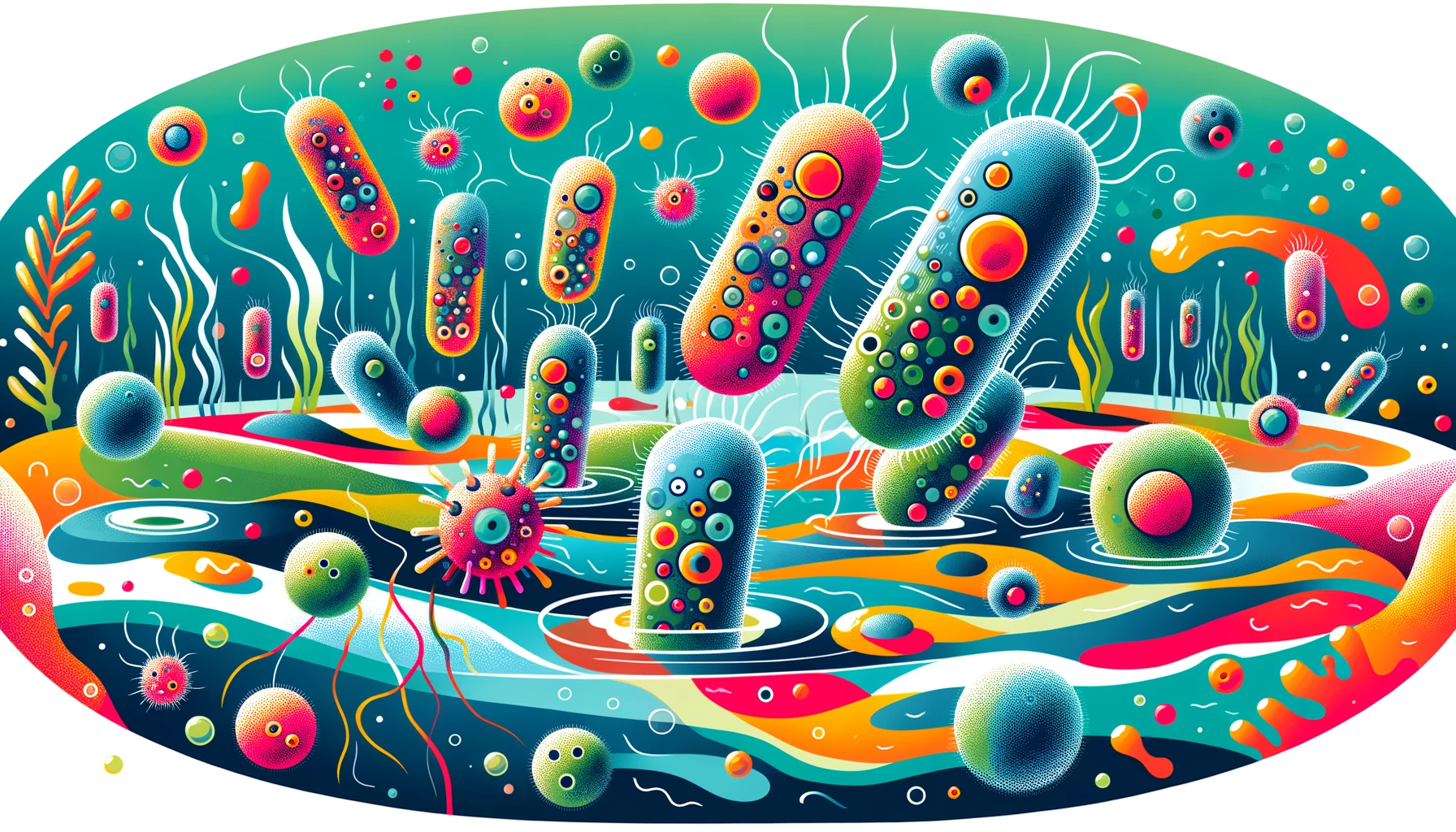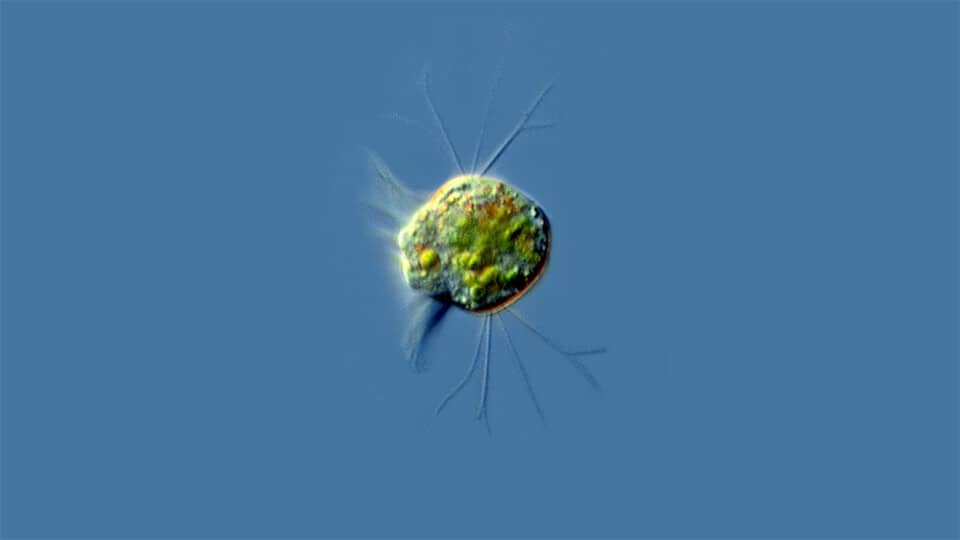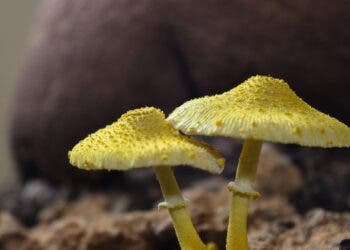
Although whether or not viruses are alive is a running debate among biologists, one thing’s for sure: viruses are crucial members of the web of life. Those of us who still have COVID-19 flashbacks are aware of this fact of life all too well. And although they are tiny — so small you can’t even see them with a standard microscope — their strength lies in their numbers.
Scientists estimate the collective mass of all viruses currently in the world is about 0.2 gigatons — equivalent to 25 billion people. That’s a lot of biomass. And although there isn’t any meat to them, all viruses are made of protein and nucleic acid. That’s all highly nutritious. But despite their obvious culinary appeal, scientists have been stumped by an age-old question: why aren’t viruses on anyone’s menu?
As the saying goes, absence of evidence is not evidence of absence. John DeLong and his team at the University of Nebraska-Lincoln discovered that certain ciliates, specifically a species of Halteria, can not only feed on water-dwelling viruses but also sustain their growth and reproduction solely on a virus-based diet.
Ciliates like Halteria are protists, single-celled organisms that, like viruses, scientists struggle to place on the tree of life. And, like viruses, these protists proliferate in ponds, lakes, and even oceans by the billions and trillions.
This never-before-witnessed phenomenon, termed “virovory,” offers a new perspective on how viruses, traditionally viewed merely as infectious agents, can actually serve as a nutritional resource in aquatic ecosystems.
The hidden food web where viruses are on the menu

Previous studies indicated that single-celled protists were capable of consuming viruses, but the full extent and implications of this interaction remain poorly understood.
The researchers’ journey into the world of virovory began with an observation and a question. Noticing the abundance of viruses in aquatic environments, DeLong pondered their potential as a food source for microorganisms. Surprisingly, the existing literature offered little insight into this area.
Determined to explore further, the researchers embarked on a series of experiments. They collected various microorganisms from a nearby pond, introducing them to chloroviruses in controlled lab settings. The results were striking: Halteria populations not only survived but thrived on a diet exclusively consisting of viruses.
Chloroviruses are notorious for infecting and destroying microscopic green algae. In doing so, they release vital carbon and other vital nutrients into the water, contributing to the recycling of nutrients. This process, however, seems to keep the carbon within a limited microbial loop, preventing its ascent up the food chain.
However, virovory might play a critical role in redistributing these resources. By consuming viruses, ciliates like Halteria may be facilitating the movement of carbon and other elements up the food chain. It’s not clear at all how widespread virovory is since scientists are still figuring it out as they go along, but the newfound knowledge could significantly alter our perception of global carbon cycling.
Previously, in 2020, microbial ecologists at the Bigelow Laboratory for Ocean Sciences in Maine also found evidence of protists consuming viruses in seawater samples from the Gulf of Maine and the Mediterranean Sea.
How does this process affect food web structures, species evolution, and ecosystem resilience? Are viruses a main course on the protist menu or just a paltry side dish? The answers to these questions could significantly reshape our understanding of aquatic ecosystems and global nutrient cycles.
The findings appeared in the journal PNAS.






